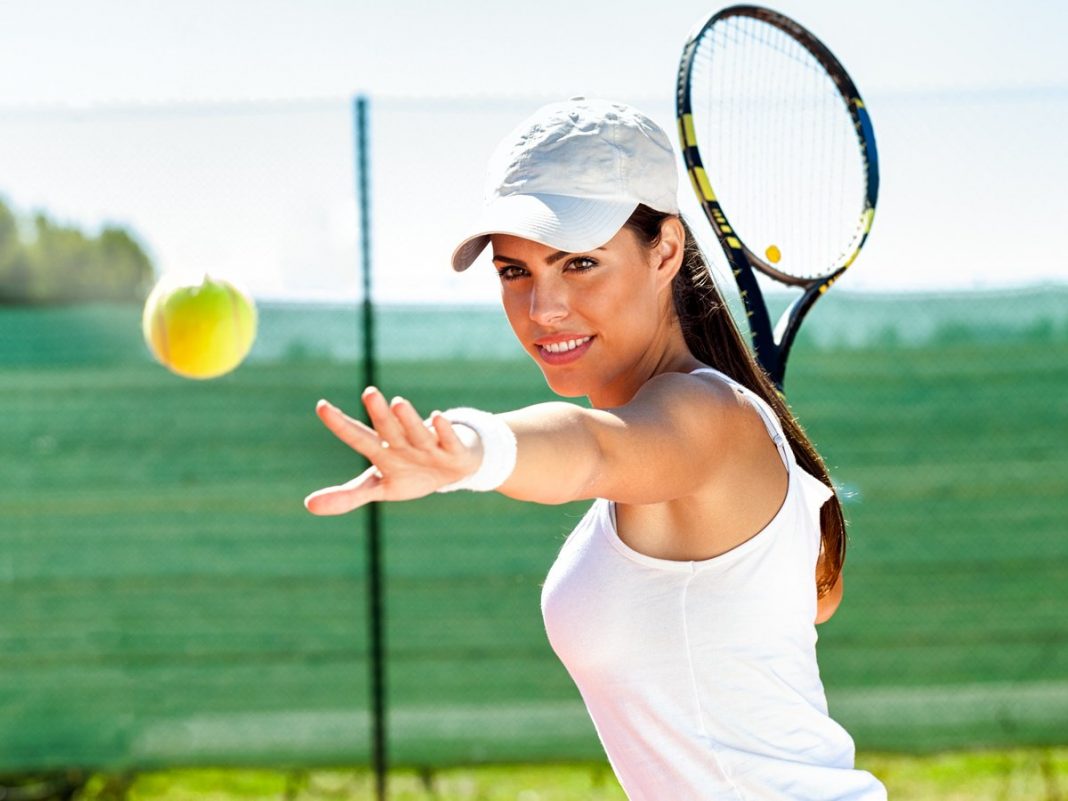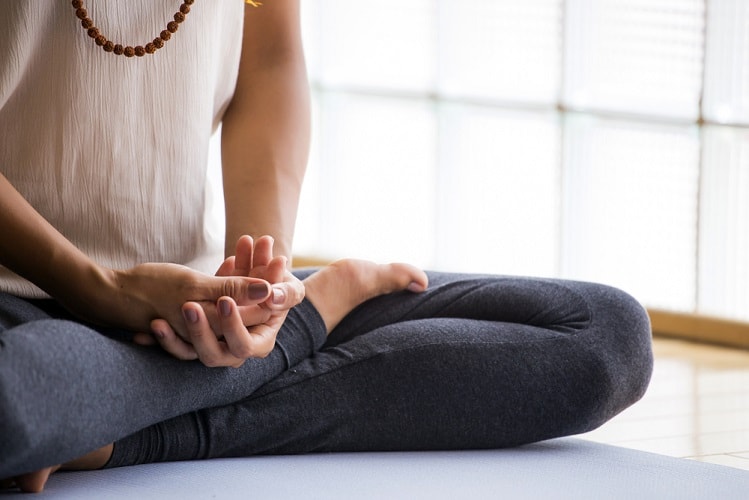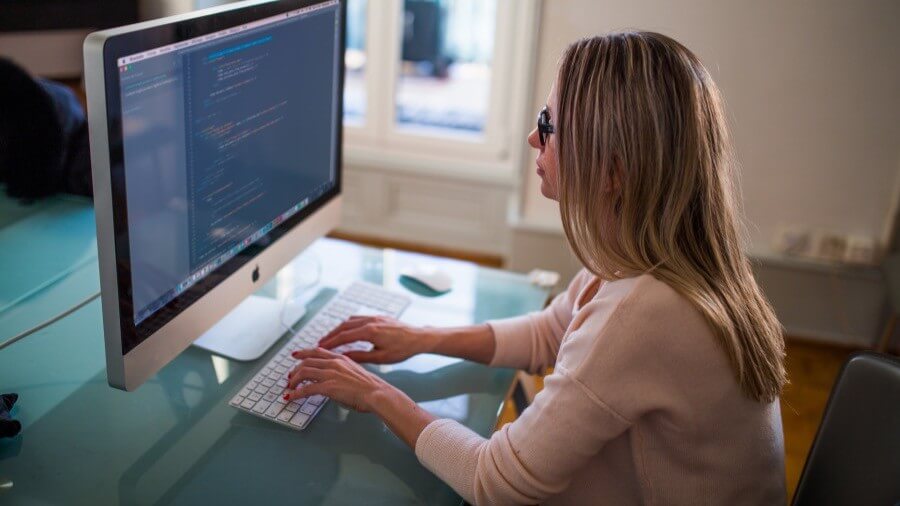Body image issues ought to have no place in sports, but it stops many women from getting involved. It’s time to celebrate female bodies for what they can do.
I’ll never forget the first time I saw a naked woman who wasn’t my mum. I was 12; she was a grown-up and standing in the showers at our local swimming pool, soaping her pubic hair into a lather. I don’t remember anything about her face, just her body: sinewy with some wobbly bits, and a big bush down below. At the time the sight of women displaying their bodies prompted giggles, embarrassment and the odd sneer of derision from me and my school-age friends. For pubescent girls, showing any part of your naked body is anathema. It was an unspoken rule that you had to undress without anyone catching sight of your body.
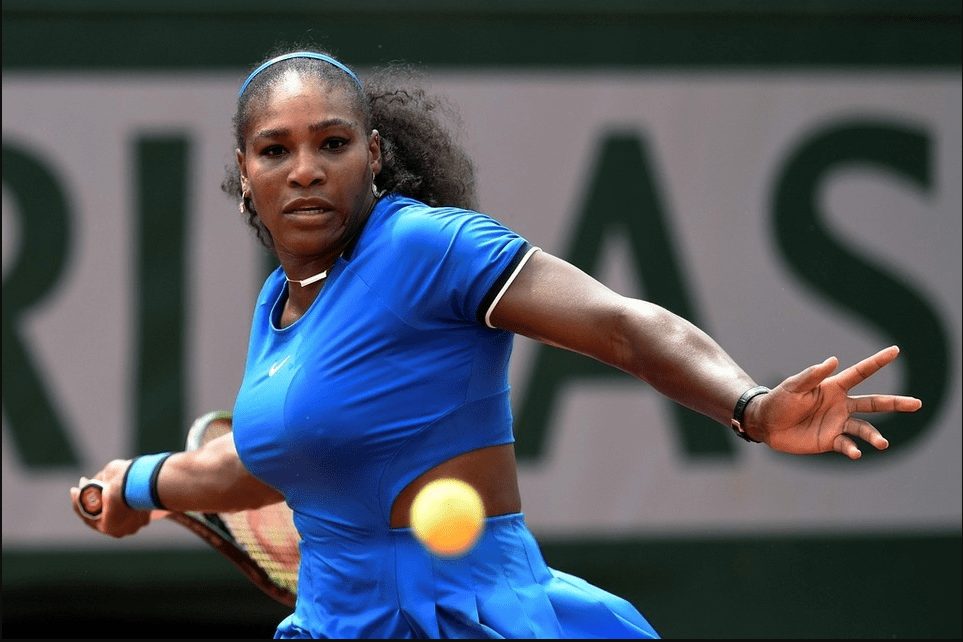
Female body image, and its associated woes, is one of the biggest contributing factors preventing women from being physically active in the first place. A recent Sport England report found that 75% of the women they surveyed wanted to take part in sport, but were inhibited by fear of being judged on their appearance and ability. While the United Nations has suggested that sport will play a leading role in the journey to equal rights for women and girls, cruelly our own messed-up ideas about body image are preventing us from doing the one thing that could liberate us all.
Why do we teach young girls to care first about how they look and second about their talent?
Unfortunately as a society we are so used to the image-obsessed narrative that even sportswomen buy into it. Take 14-year-old baseball sensation Mo’ne Davis, the first-ever girl to pitch a shutout in the Little League World Series. In 2014 Mo’ne became an overnight star and knocked Kobe Bryant off the front cover of Sports Illustrated. Spike Lee made a moving documentary about her. An exchange when the filmmaker asks her how she feels about being on the cover – an action shot, ball in hand – leaves a telling reminder of how we are teaching our young girls to see themselves.
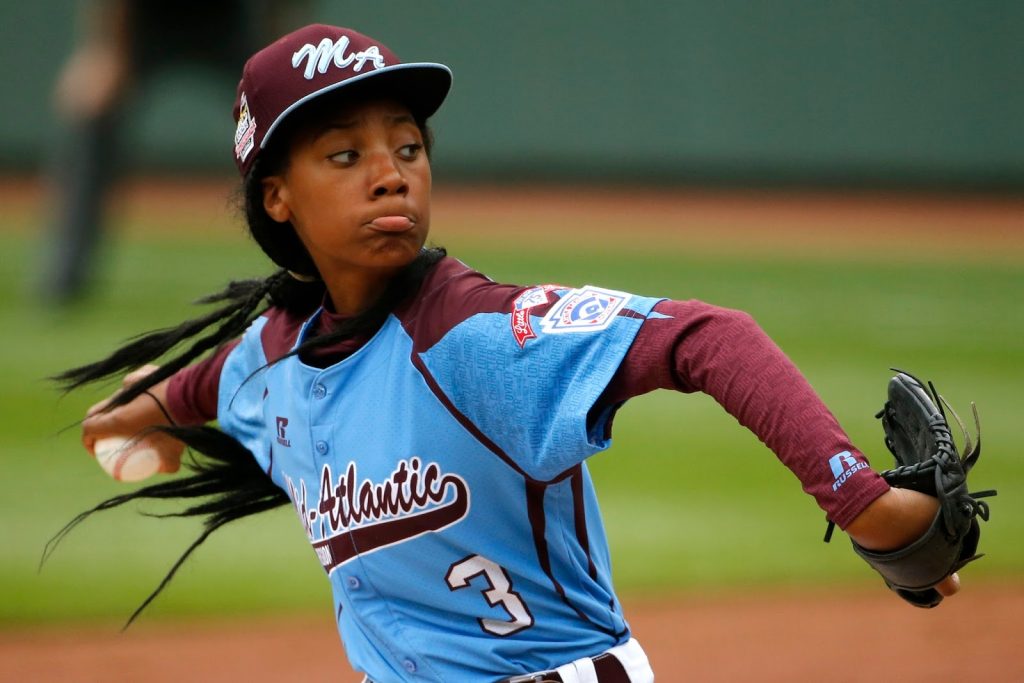
“Just to, like, see my face on here is pretty cool, but not the face that I’m making…”
Spike interrupts. “You don’t like your face on the cover?” he asks, incredulous.
“I mean I look like a blowfish,” says Mo’ne, “but otherwise it’s pretty cool. You can see how much power I put into it.”
Mo’ne’s first comment is about how her face doesn’t look good because she is puffing out her cheeks with the effort of her throw; her second is about how powerful her sporting talent is. Why are we teaching young girls to care first about how they look and second about their talent? When Kobe Bryant is on the front cover of Sports Illustrated no one’s going: “Eww, you can see Kobe’s armpit hair while he’s hitting that slam dunk.”
To me, beauty is about being comfortable in your own body image. It’s about knowing and accepting who you are
– Ellen DeGeneres
In a recent poll of Britain’s elite female athletes by BT Sport, 67% said they feared that the public and the media valued their appearance over their sporting achievements. They thought how they looked was more important to the public than the medals they won. Meanwhile more than 89% said they could relate to British Olympic swimmer Rebecca Adlington’s I’m A Celebrity reality TV meltdown over her body-image insecurities, and 76% said the same concerns had influenced their diet and training regimes. These are the women who do an eye-watering number of abdominal crunches every day and hill runs in the icy, wet winds of December. If they feel pressured, what hope is there for the rest of us?
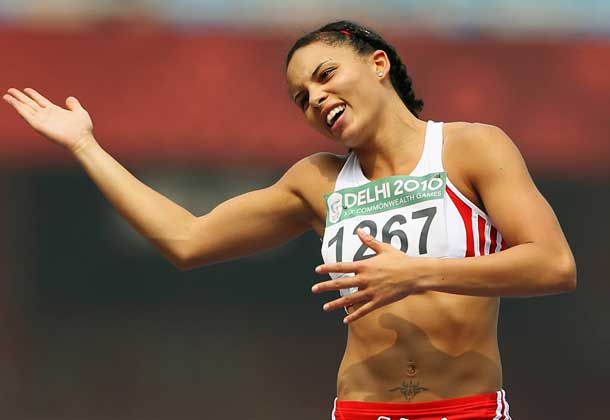
Women are celebrated when they work on their bodies: whether it’s the pre-holiday bikini workout or post-baby Bikram yoga sessions. Because exercise = perfection. Doesn’t it? Putting aside the fact that this equation is just another version of the worn-out idea that women’s bodies have to strive for acceptance, the message that exercise and sport creates a particular body shape is propaganda. Small waist, toned arms, pert bottom, wobble- free thighs and perky breasts: it is a myth that if only we did more exercise we would look this way.
You might also be interested in reading this one: 10 Free Amazing Body Weight Exercises You Can Do At Home
All bodies are different; all bodies have their own individual way of reacting to the work we make them do. As Adlington said when I interviewed her, grabbing a roll of flesh: “I don’t have a flat stomach or anything. Mine’s quite podgy. I’ve got the bits, the hang, the tyre… It is quite difficult.”
Most people have no idea how good their body image is designed to feel
– Kevin Trudeau
Elite sport, of all sectors, should understand this. But over and again sportswomen tell us that they have been subjected to derogatory comments from male coaches about their bodies. The latest example is Olympic cyclist Jess Varnish, who accused British Cycling’s technical director Shane Sutton of telling her to “move on and get on with having a baby”, alongside a litany of insults about her shape and size. Sutton has since resigned, albeit protesting his innocence, while double Olympic champion Victoria Pendleton has backed Varnish’s claims with her own troubled experiences in the sport.
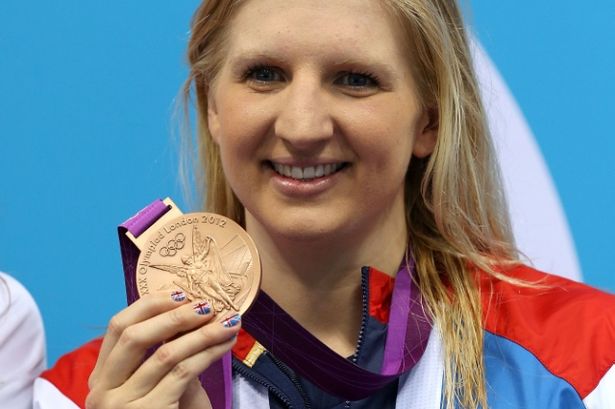
The subject of body image in sport first really came to our attention in the UK with the bomb-drop that Jessica Ennis-Hill, the face of the London 2012 Olympic Games, was allegedly called “fat” by a senior figure at British Athletics. Promising British triathlete Hollie Avil retired from the sport just months out from the Olympic Games in 2012, citing an eating disorder, a problem she claimed was “rife” in her sport, while heptathlete Louise Hazel said she had suffered similar criticism to Jess’s from the sport’s governing body.
The sportswomen I spoke to in the wake of the Ennis-Hill affair told me that women were more likely to experience criticism than their male teammates. Most damningly of all, they felt that many male coaches had little or no understanding of the diversity of female body types. They were being told that to compete in their event they had to look a certain way, meet a certain weight.
We need to reclaim sport and exercise for women. It needs to become part of our world
In sport, where athletes come in extraordinary shapes and sizes, the mind boggles that a coaching set-up could be so conservative and traditionalist. Until triple world-record-holder Usain Bolt came along, sports scientists didn’t believe tall people could sprint competitively over 100m. The diminutive Jessica Ennis-Hill, at 5ft 4in, defies logic in her ability to high-jump the British record. So why would we resolutely stick to old-fashioned ideas about what a female runner looks like?
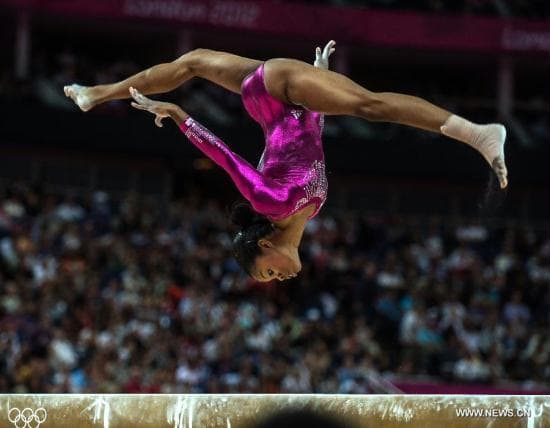
While sport can be liberating for women, too often it has been our oppressor, from the death penalty imposed in Ancient Greece on any woman caught watching the Olympic Games to the ban on women’s Olympic ski jumping because of unfounded fears over the damage it could cause to a woman’s reproductive organs, revoked in 2014.
One of my favourite stories is of the US marathon runner Roberta Gibb, the first woman to compete in the Boston Marathon, in 1966, when women were not allowed. Gibb, an amateur runner who clocked 40 miles in a day, hid in the bushes at the start line and then jumped out at the gun to join the men-only race. She ran in disguise, a hoodie concealing her face, but supported by the male runners around her, she slowly peeled off her layers. Up and down the course word spread like wildfire: a woman was running in the pack!
Your body image hears everything your mind says
– Naomi Judd
In her book A Run of One’s Own, Gibb describes the reaction from the crowd as she passed Boston’s famous women’s arts institution, Wellesley College. “They were screaming and crying. One woman standing near, with several children, yelled: ‘Ave Maria.’ I felt as though I was setting them free.” It would take another six years before women were allowed to compete at Boston, in 1972. And it was only in 1984 that the Olympic Games finally allowed women to compete in the marathon.
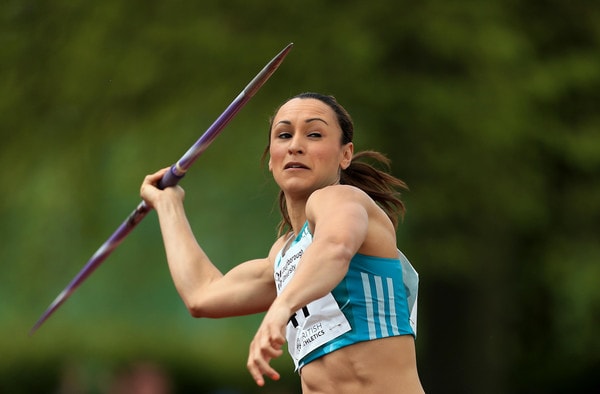
Sport – in it’s truest form – is as much about women taking back control of their own bodies as any other feminist act. Women are told that being physically active is all about hard work, about getting the perfect body. Shifting that baby fat. We are not told we might have fun running about, chucking a ball, leaping into the air. No wonder we turn young girls off sport. And because, from an early age, we routinely categorise girls into “sporty” and “non-sporty”, we fail to share with them that the truly wonderful thing about sport is that there is no single acceptable body type. Sport showcases the amazing diversity of the human body, from pint-sized US gymnast Gabby Douglas breaking race barriers to become all-around Olympic champion in 2012 to the slip-of-a-frame world and Olympic champion rower Helen Glover or the power of New Zealand shot-putter Valerie Adams.
And when these bodies are in action – powerful, sweaty, determined, strong – we see women in a different light, one very rarely depicted in the mainstream media. And what is incredible about the experience of viewing these images is that they tell a story encapsulating everything I want my daughter to aspire to. They show women being inspirational, focused, unstoppable. They show women achieving, winning, enjoying themselves, unburdened by social norms and unselfconscious.
Connection Between Body Image and Sports
A recent study published by the British Psychological Society focused on how exercise can change the way we view our bodies – even before any discernible physical change. Dr Katherine Appleton explored participants’ feedback over a two-week period, crucially a short enough period that physical benefits would not yet begin to factor. Her conclusion that “a focus on body image [and our responses to it]… may be more rewarding for those embarking on an exercise programme” is enlightening because it is a rare example of the emphasis being placed on how we feel after doing exercise as opposed to how we look.
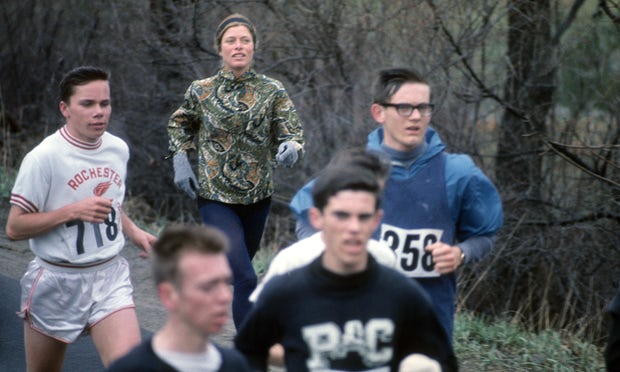
Sport is one of our greatest opportunities to escape this constant drip feed about what women and girls should look like. Because if we embrace sport and exercise for women properly – championing female athlete role models – we won’t have this body dysmorphia crisis. There won’t be a “normal” woman’s body, just a life-affirming array of every type of female body under the sun – boobs of all shapes and sizes, curvy hips, slim hips, broad shoulders, tiny bums, huge powerful gluteal asses, wispy legs that travel for miles, hulking great thighs that accelerate over 100m, bellies that dance or are neatly stacked in six-pack squares.
Women’s Sports Promoting A Positive Body Image
And once we accept that we needn’t look a certain way, we can start to share our euphoria about exercising or playing sport rather than a perfectly poised appearance, contrived post-workout pouting, critically staring into our phones. Maybe we don’t even need to Instagram every moment of our lives for others to judge. Maybe exercise and sport can be something we do for ourselves. For fun! For happiness! For clear thinking! Because physical activity should be something integral to our being alive. And it is the essential part that really concerns us here, not the bit about how many millimetres it might shave off your thighs.
We need to reclaim sport and exercise for women. It needs to become part of our world, not a borrowed space where we are allowed to intrude. These are the real miracles our bodies perform. Not squeezing into that size-10 dress or nailing the latest up-do. But finding our muscle, and wielding it. Just a little.
Source: An Inspirational Article From The Guardian by Anna Kessel, you can check out her book Eat Sweat Play: How Sport Can Change Our Lives published by Macmillan















